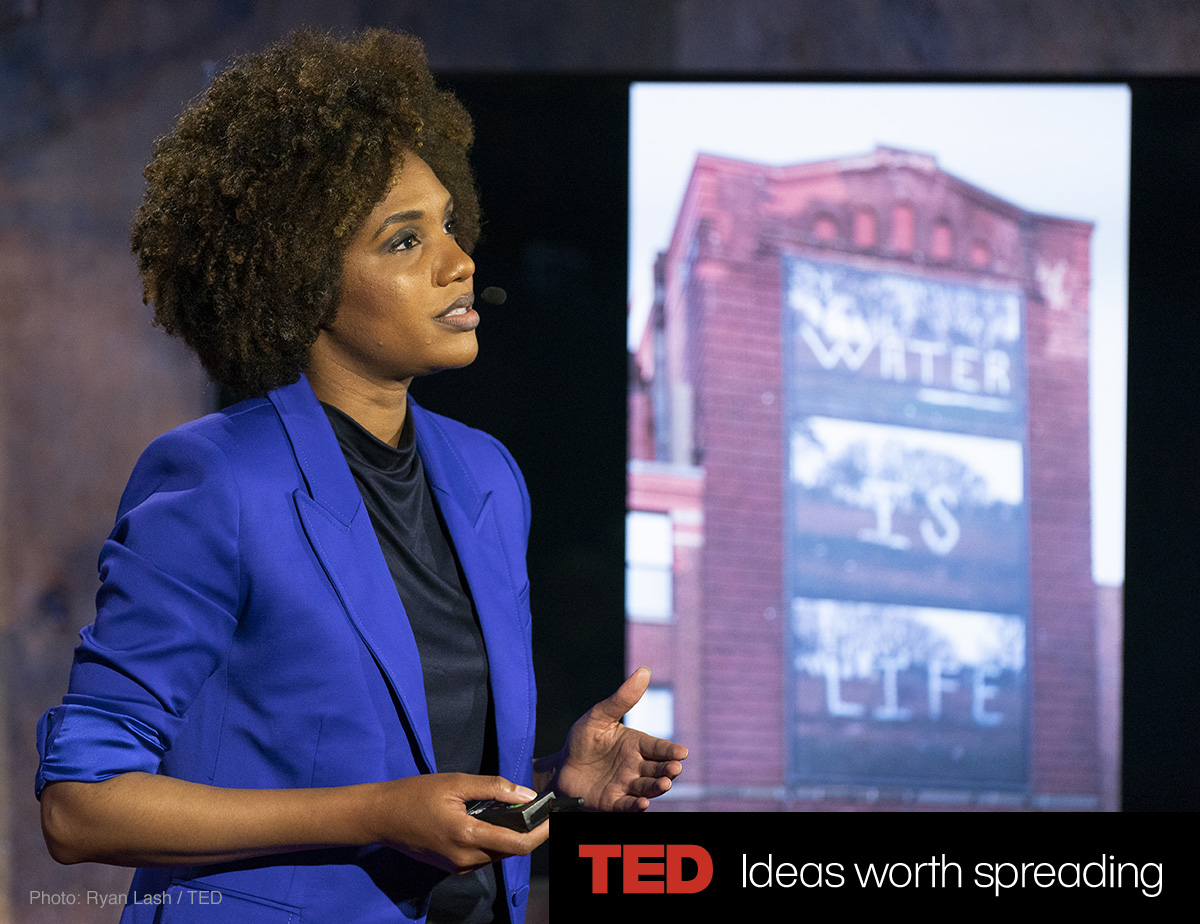100 Works of Art That Defined the Decade
ArtNet News
by Ben Davis
National art critic Ben Davis, reveals his top 100 picks of key artworks of the 2010s.
“Best of” lists are always at least half frauds. After all, no one can really see all the movies or read all the books in a year, let alone a decade—but at least film critics or literature critics are debating things that offer the same experience no matter where you are. The nature of art means that the exercise is extra arbitrary. A really successful work of art might travel to different museums, but it also might not. So you are left either taking someone else’s word for what was good or leaving out important touchstones.
If you were to map out the geography of the works I mention below, it would look like a target, with most of the darts falling right around where I live, New York. The distribution of hits would then scatter out from the bullseye, landing at more and more random points the farther they get. You really feel your own limitations when you try to put together a list like this.
Nevertheless, I think there’s some interest in picking out not just artists or general trends, but specific artworks. I find it’s hard to do that, which is exactly why it’s worth doing—to take note of specific images or ideas that appeared this decade and that particularly stuck, even if not everyone is going to agree on how exactly to value them.
Still, I’m left facing my own limitations. Just picking personal favorites leaves out a lot that was objectively influential, but pretending it’s some kind of objective “Greatest Hits” leaves you just measuring raw popularity (in which case, Wall Street’s Fearless Girl would be #1).
So I thought of five measures by which I might estimate artworks’ importance: by originality/invention (the degree to which they introduced something new to the conversation); form/style (how memorable they were as a specific image or idea); depth/nuance (whether coming back to them was rewarding, or revealed new layers); symbolic power (the degree to which they seemed to stand as symbol of some bigger conversation, moment, or emergent cultural sensibility); and popularity/influence (how big a deal they were, either to other artists or to the wider public).
Combing back through a decade’s worth of seeing, reading about, and writing about art, and squinting at it through the lenses of these five categories, I came up with a list of artworks that balance between these values, converging toward works that fire on most cylinders at the top. (I didn’t want to repeat artists, because that made the list more boring.)
[…]

LaToya Ruby Frazier, The Notion of Family (2014)
The story Frazier tells in the photos of The Notion of Family relates to the bleakness and abandonment of Braddock, Pennsylvania, the majority African American town where she grew up. The series is notable for the way that it combines the directness of black-and-white social documentary with a wrenchingly personal approach, returning again and again to the artist herself, her mother, and her grandmother. There’s just an overwhelming heaviness to The Notion of Family, everyone pinned still as if trapped.
Courtesy of: ArtNet News





